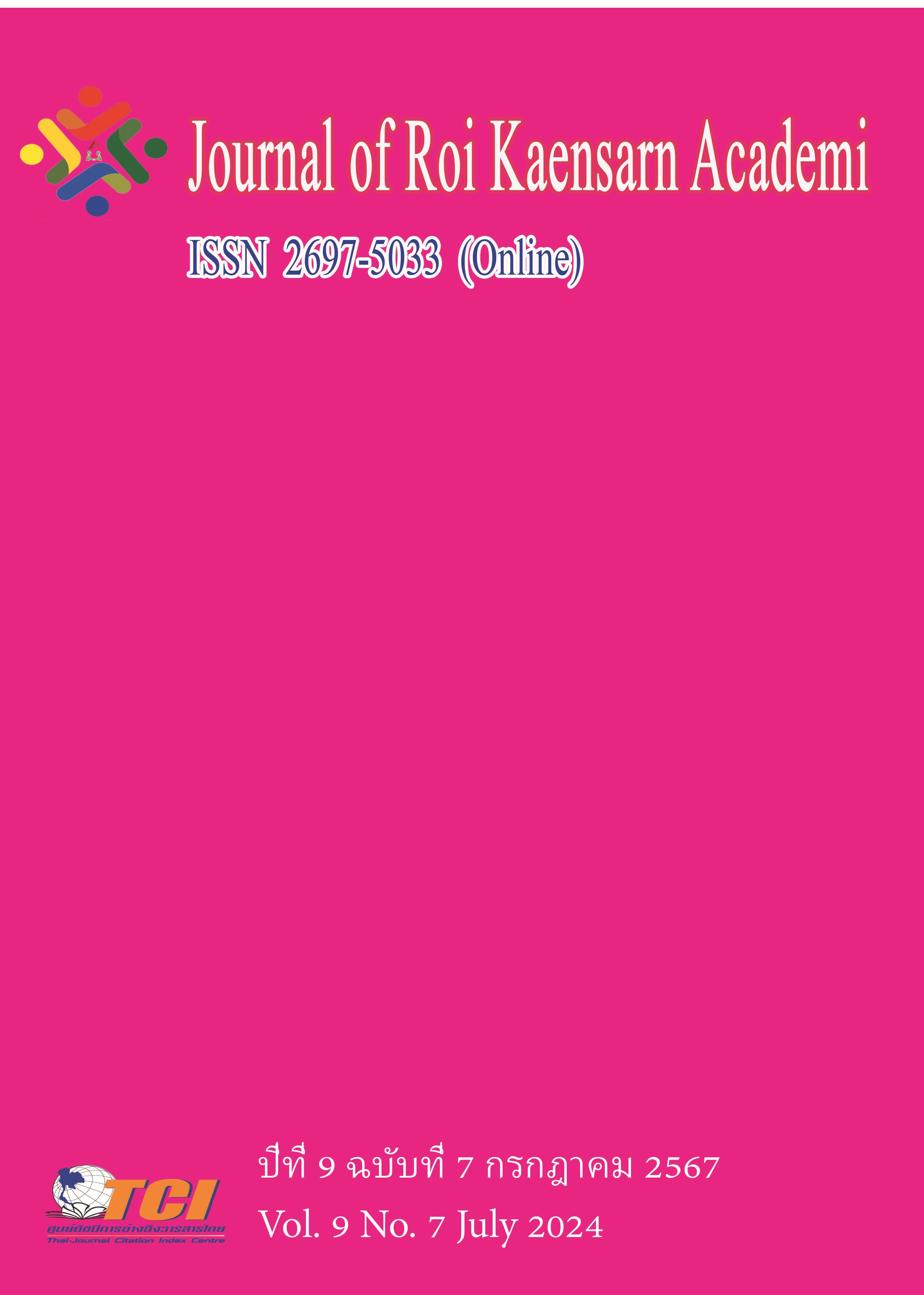The Research on the Development of Cultural Heritage: Innovative Design of Gambiered Guangdong Silk in Foshan
Main Article Content
บทคัดย่อ
Background: Foshan, located in Guangdong Province, China, boasts a rich tradition of Gambiered Guangdong silk dating back to the Ming Dynasty. Initially exported to Southeast Asia, Hong Kong, and Macao, this silk faced a decline due to competition from inexpensive synthetic fibers. Government interventions briefly revitalized the industry, yet market challenges persisted. In 2008, its dyeing and finishing techniques were designated as a national intangible cultural heritage, highlighting its cultural significance.
Aims: This study explores revitalization strategies through innovative design and plant dyeing experiments. Consumer preferences indicate a demand for diverse colors and improved pattern designs.
Methodology: Through literature review, field investigations, and experimental methods, the study gathers insights into historical production techniques and contemporary consumer perceptions.
Results: By adapting traditional craftsmanship with modern technological enhancements, the aim is to restore market appeal while safeguarding cultural heritage. The research underscores the importance of adapting heritage crafts to modern demands for cultural sustainability and economic viability.
Conclusion: Findings emphasize the potential for Gambiered Guangdong silk to regain prominence in the textile market through strategic innovation and cultural adaptation. This approach not only preserves a distinctive cultural legacy but also aligns it with contemporary market dynamics, ensuring its relevance and continuity in a globalized era.
Article Details
เอกสารอ้างอิง
Baum, T. (2006). Reflections on the nature of skills in the experience economy: Challenging traditional skills models in hospitality. Journal of Hospitality and Tourism Management. 13 (2), 124-135.
Parente, D. H., Stephan, J. D., & Brown, R. C. (2012). Facilitating the acquisition of strategic skills: The role of traditional and soft managerial skills. Management Research Review. 35 (11), 1004-1028.
Tuttle, R. P., Cohen, M. H., Augustine, A. J., Novotny, D. F., Delgado, E., Dongilli, T. A., Lutz, J. W., & DeVita, M. A. (2007). Utilizing simulation technology for competency skills assessment and a comparison of traditional methods of training to simulation-based training. Respiratory Care. 52 (3), 263-270.
Xuhong, K., & Jingjing, H. (2020). Productive protection of intangible cultural heritage based on the theory of involvement: a case study on the farmers’ paintings of XinJi county, Hebei province, China. SHS Web of Conferences,

